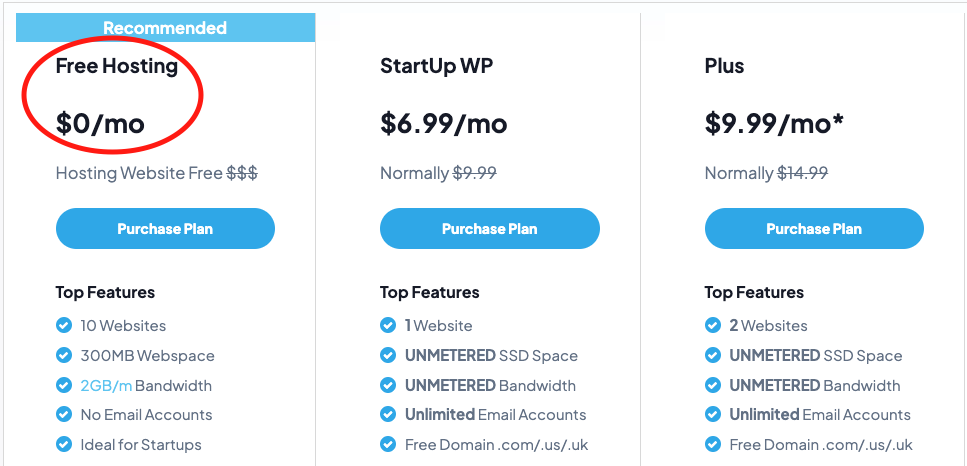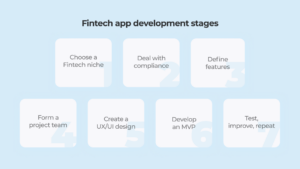How to Build a Fintech App: Types and Features Guide, Process of Development
Fintech is a complex business category that pieces together all financial solutions — like payments, banking, wealth management, e-commerce, etc. However, it becomes more popular, helping people to manage their funds.
In case you are mindful of building up a fintech app, these materials will assist you. Reading it, you will learn the types of fintech apps, their main features, and development stages.
Types of Fintech Apps
Let’s have a look at the fintech app types and their functionality.
Banking Apps
A banking application will help you to perform fund transfers and to rule your bank account. You can combine the newly created app with payment systems, like Monese, the British commercial company, did.
There is a banking app example from the top 10 popular as to the FinTech magazine:
Monese. Specially intended for people moving to Britain, Monese allows every user to open a bank account in mainland Europe or the UK for free.
Insurance Apps
Such applications are convenient for managing policies, payments, or claims. Therefore, they are popular, and insurers invest in them. These apps also have police parameter search and tools reducing insurance fraud probability as well.
If you would like to build up an insurance app, get acquainted with one of the best ideas for such applications:
Lemonade. The main aim of the app is to maintain policies for lodgers and landlords. It needs a maximum set price for business dealing. Additional installments go to various charities throughout the year.
Investment Apps
This app type will be a good choice for stock market transactions. They also provide customers with support, credit, assets, and cash flow control, etc. With the investment applications, you will examine your money, grant it, or amend your funds’ productivity.
You can find an example of such an app below.
Robinhood. A software product designed for seamless trading. You can obtain up-to-date financial news and get a quick connection to the stock page using it. Robinhood also permits you a fast commercial start thanks to the prompt moving of the first $1000 invested into your account.
Lending Apps
Such an app type amends the creditor’s cooperation with the borrower and deals with the loan requests.
One of the popular lending apps is PaySense, which allows loans for everybody quickly after the borrowing request.
Consumer Finance Apps
These apps help economize, categorize payments, or prevent fraudulent actions.
An example to illustrate such an app type is Mint. This free app will be your reliable assistant in tracking expenses. You can sync it up with PayPal, deposit accounts, or credit cards.
Regtech Apps
Regulatory Technology, or Regtech for short, is created to help financial institutions obey laws set by executive agencies. Such apps should be authentic, risk-controlled, or have economic crimes identification.
Get acquainted with one of the best regtech solutions:
Six clicks platform provides automating estimation, research operations for all the participants of the risk management lifecycle.
Key Fintech App Development Requirements
For obtaining a successful startup, your fintech app should have the following features:
Security
You should care about updating, supporting, and checking your apps for safety to obtain more user popularity. That’s why your app may contain the following security characteristics: login through phone number, biometric security, etc. Think out how the hackers can attack your app and take the steps required to prevent suspicious activity.
Support
It is not easy to provide your customers with experienced consultants because the fintech sphere handles massive confidential info. So as not to spend money on your staff training, you can build a chatbot.
Integrations
API is a foundation in platform development. You can use it to synchronize the apps with each other, so the financial processes will be easier to perform. For example, you can plug such a payment system as PayPal into your app and allow your customers’ shopping worldwide.
Simplicity
Your app will attract users if its design and functions are easy to understand. Thus, choose a convenient interface, recent analytics, and statistics so your customers could quickly manage their savings and revenues.
Stages to Create a Fintech App
We have summarized for you a bunch of the main steps in fintech app creation.
Choose a Fintech Niche
Firstly, you should investigate your target audience, determine if you want to improve an existing app or create something new.
Deal With Compliance
Now you need to ensure the legality of your application. Analyze and choose the privacy laws of your future customers’ country thoroughly.
Define Your Features
Specify the needs of your target market, make their solution embodiment depending on the type of your future app. You can also let the software engineers choose the app’s necessary features themselves.
Get a Team or Hire a Software Service Provider
If you don’t want to outsource development, you can hire a software specialist or a whole team. You should choose the industry professionals according to project size, technical processes, fintech app development cost, and timing. During the choice process, notice the company’s and specialists’ experience level, hourly salaries, etc.
Create a Compelling UX/UI Design
Your fintech app design should be user-friendly and satisfy all the specific fintech requirements.
Develop an MVP
It is a simple and effective way to test your upcoming project without wasting money, to have quick feedback, and to attract investors to your idea. Your minimum viable product (MVP) should contain enough characteristics to satisfy customer’s basic needs.
Test, improve, repeat
The development process must go on, even after taking the previous steps. You should test your app every time you add a new feature and improve the existing ones to leave your competitors far behind.
Conclusion
We have outlined for you the essential types of fintech apps, their key features, and development stages in this article. However, if you want to have a broad picture of the situation, you should apply to an experienced fintech team.
The professionals will acquaint you with their portfolios. It will help you create an application attractive to users and popular on the market.


